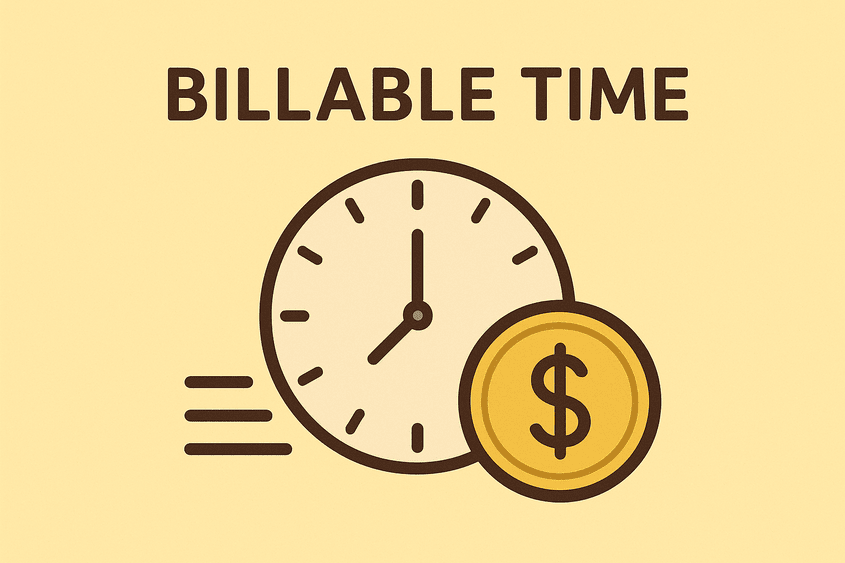Billable Time
Discover what billable time is, why it matters for professionals and businesses, and how to track it effectively with TMetric.

What Is Billable Time?
Billable time refers to the hours spent on tasks or projects that can be billed to a client. It’s the work recorded by freelancers, agencies, or employees to ensure accurate invoicing and fair compensation.
Key Points of Billable Time
- Tracked for freelancers, consultants, agencies, and law firms.
- Includes client-facing tasks: research, design, development, consulting, support.
- Excludes internal meetings, training, or unpaid activities.
- Forms the basis of client invoices and profitability analysis.
Example of Billable Time Calculation
Example: If a lawyer works 40 hours a week, with 30 hours spent on client cases and 10 hours on admin, then:
- Billable Time = 30 hours
- Non-Billable Time = 10 hours
This distinction ensures correct billing and project profitability tracking.
How to Track Billable Time in TMetric
1. Create a project and assign billable rates.
2. Track time with the TMetric timer or log manually.
3. Review timesheets to separate billable vs. non-billable hours.
4. Export reports or generate invoices directly.
5. Monitor profitability via dashboards.
Benefits of Automated Billable Time Tracking
- Increases billing accuracy and transparency.
- Saves time by eliminating manual timesheets.
- Boosts profitability by revealing time leaks.
- Helps managers balance workloads.
- Enhances client trust through precise reporting.




